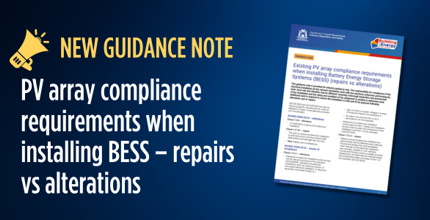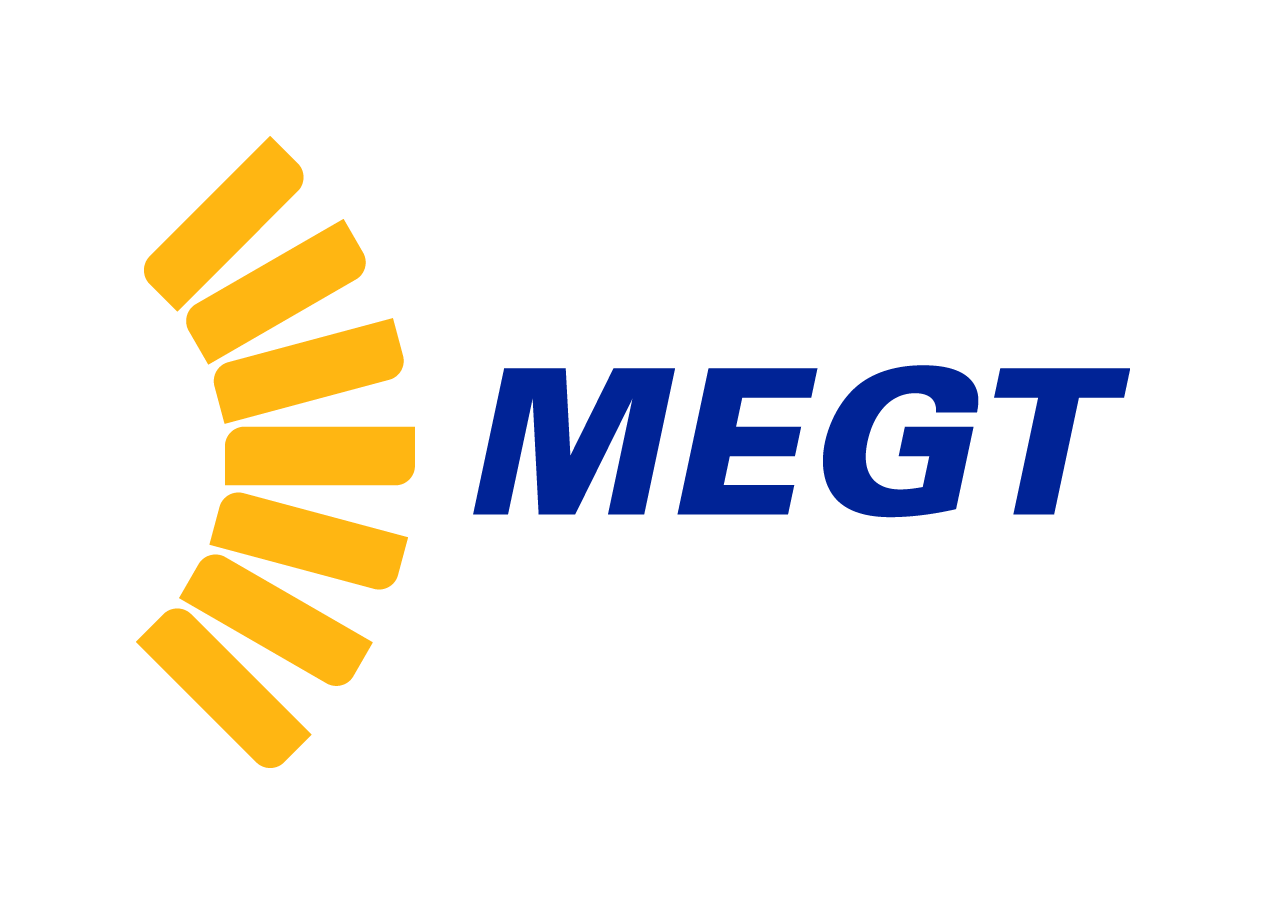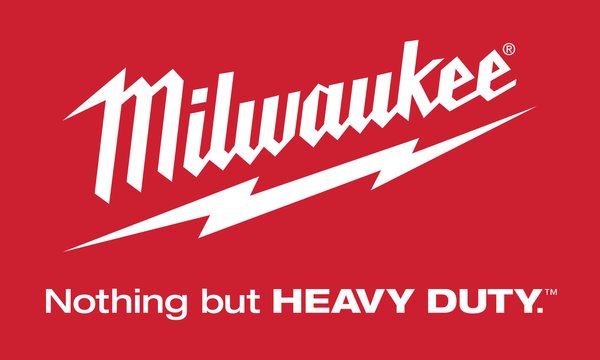WA Electrical Requirements (WAER) in force as of 1 February 2024

Members are reminded that the six month notice period for the revised WAER, published in August last year, has ended. Compliance is now mandatory for all new electrical installation designs commenced after 1 February 2024.
- Access the WAER on the Technical Knowledge Base here.
- View our previous article regarding the revised WAER and WASIR here.
Summary of main points from Building and Energy:
- All new electrical installation designs in Western Australia must comply with the updated WA Electrical Requirements (WAER) and are mandatory under the Western Australia Electricity Licensing Regulations 1991.
- Replacing the 2019 versions, this update relates to all electrical installations at voltages up to 330k.
- Significant Changes: Section 7 has been expanded to cover large-scale solar, battery, and wind turbine installations that exceed the upper limits (200kVA) covered by Australian Standards.
- Clear Regulation Alignment: The updated WAER now refers more accurately to the WA Service and Installation Requirements (WASIR), relevant to Western Power and Horizon Power.
- Readers are reminded to refer to the full version of the WAER, the Australian Standards, the Western Australia Electricity (Licensing) Regulations 1991 and the Electricity Regulations 1947 (Part VIII) for full requirements and regulations.
Building and Energy published their main points in the following article.
Updated WA Electrical Requirements now in force
Written by Building and Energy
Western Australia’s electrical sector is reminded that compliance with a revised version of the WA Electrical Requirements (WAER) is now mandatory. The updated WAER, published on 1 August 2023, supersedes a 2019 version and, following a six-month notice period, applies to all new electrical installation designs commenced after 1 February 2024.
The WAER relates to all electrical installations at voltages up to 330kV, whether connected to networks or stand-alone electricity supplies. Compliance with the WAER is mandatory under the Western Australia Electricity (Licensing) Regulations 1991.
Valuable stakeholder consultation – including with ECA – helped to inform the latest WAER, which focuses on technical safety compliance requirements. Some details from the previous version have been removed because they are stipulated elsewhere, such as network connection arrangements (which are detailed in network operators’ documentation) and matters set out in new or revised statutory instruments or technical standards (such as the Wiring Rules).
A significant change is to section 7, which previously referred only to high-voltage installations. This section’s expanded scope now covers large-scale installations such as solar, battery and wind turbine installations that exceed the upper limits (200kVA) covered by Australian Standards.
The requirements apply to large-scale consumer installations, for both network-connected and stand-alone cases, involving any of the following:
- high voltage (exceeding 1000 volts);
- solar photo-voltaic installations exceeding the 200kVA and 240 kW capacity ranges specified in AS/NZS 4777.1 and AS/NZS 5033 respectively;
- battery energy storage (BESS) installations exceeding the 200 kWh capacity range specified in AS/NZS 5139; or
- wind turbine installations exceeding 200kW capacity.
The WAER outlines design requirements, design submissions and certifications for all large-scale installations that must be provided to the network operator, as well as final testing and “as commissioned” certification provided to the network operator (for network connections) and installation owner/operator (for network connected and standalone systems).
Section 2 of the updated WAER now refers more accurately to the WA Service and Installation Requirements (WASIR), relevant to Western Power and Horizon Power, rather than previous references to the WA Distribution Connections Manual (WADCM).
Another useful addition is a table in section 3 that sets out ownership and responsibilities for each component of service apparatus.
Readers are reminded to refer directly to any Australian Standards quoted in the WAER because these details are not necessarily duplicated in the requirements. The WAER should also be read with the Western Australia Electricity (Licensing) Regulations 1991 and the Electricity Regulations 1947 (Part VIII). The regulations take precedence.
As well as causing electricity connection delays, failure to comply with a requirement may result in prosecution.
The latest version (1 August 2023) of the WAER is available at Building and Energy’s website.
















